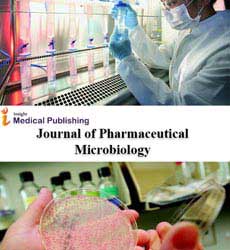Abstract
Forensic medicine Pathology
A branch of medicine that applies the principles and knowledge of the medical sciences to problems in the field of forensics (medicolegal). It Investigates and determines cause and manner of death. In moderen era, it is possible to compare traces of blood, saliva, or any biological sample left at the crime scene with those found on a suspect’s clothes and with samples from the victim. Their role proves its significance in cases that have to do with civil, family, and criminal law, as well as in cases of catastrophes with numerous victims (accidents, natural disasters, terrorist attacks, and wars). Together with the discovery by Mullis in 1983 of the polymerase chain reaction (PCR), Sir Alec Jeffreys in the field of forensic molecularbiology and genetics used this technique by studying a set of DNA fragments that proved to have unique characteristics, which were nonrecurring and intrinsic for each individual, the only exception being identical twins. Alec Jeffreys named these reaction products “genetic fingerprints”. PCR procedure is correct as per the reference. Analysis of DNA involves four basic steps, which are as follow DNA extraction, DNA quantification, DNA amplification, Detection of the DNA-amplified products.
Author(s): Sami ur Rehman
Abstract | Full-Text | PDF
Share this

Google scholar citation report
Citations : 36
Journal of Pharmaceutical Microbiology received 36 citations as per google scholar report
Abstracted/Indexed in
- Google Scholar
- Secret Search Engine Labs
Open Access Journals
- Aquaculture & Veterinary Science
- Chemistry & Chemical Sciences
- Clinical Sciences
- Engineering
- General Science
- Genetics & Molecular Biology
- Health Care & Nursing
- Immunology & Microbiology
- Materials Science
- Mathematics & Physics
- Medical Sciences
- Neurology & Psychiatry
- Oncology & Cancer Science
- Pharmaceutical Sciences

